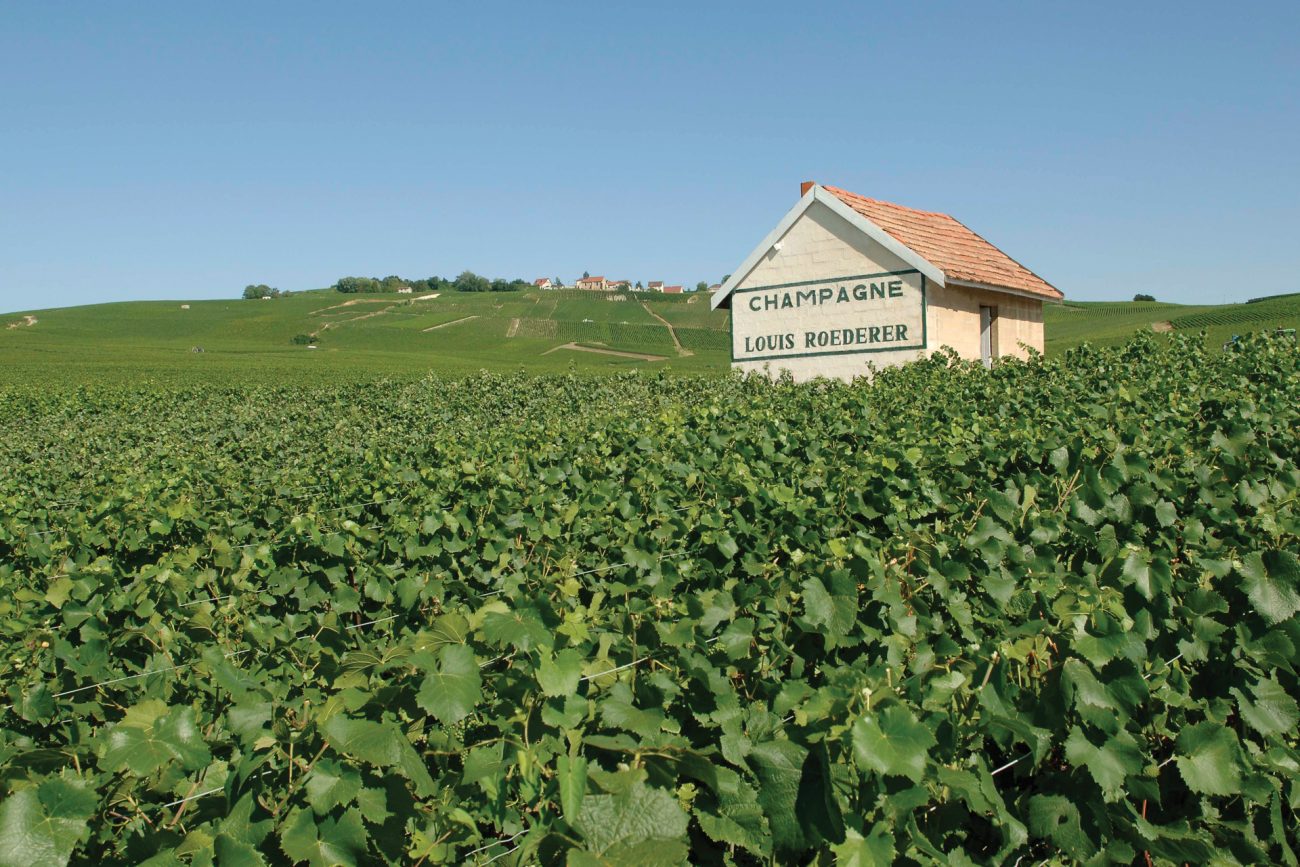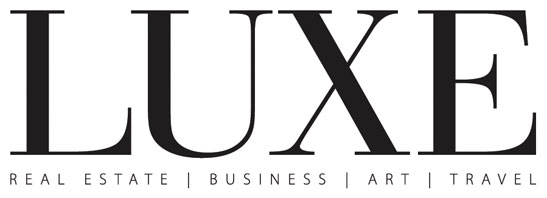Champagne: luxury with artistic heritage

Since time immemorial, art and wine have been closely tied, as both stem from their creators’ sensibilities, observation and creativity. And both also evoke a certain emotional response and fascination. One wine is particularly known for its relationship to art in all its forms: champagne. And while it’s easy to imagine that this bubbly luxury has been appreciated by the most refined palates since appearing at the end of the 17th century, this is not actually the case! Champagne expert Guénaël Revel presents what is known in French as the empereur des vins, which was widely dismissed for nearly a century until several painters brought it into the spotlight.
Sparkling champagne only accounted for 30% of Champagne’s wine production in the 18th century. The region mainly produced and sold still vin gris, made from blends of local black and white grape varieties. White wine of this type is cloudy, while the red, called claret, has a more purple tint.
It takes a sturdy bottle to make the wine effervescent. The bottles used in champagne production are different from those of other wines as they are a tool in the process: still wine carbonates in—and because of—the bottle. The bubbles are produced by the yeasts in the vessel, which needs to be highly durable.
In the early days of champagne, bottles were still poorly blown, resulting in uneven thicknesses and irregular shapes. On top of that, they were sealed with unreliable corks, and, most critically, the natural carbon dioxide gas produced by the dead yeast cells was totally uncontrolled. This would cause overfermentation and explosions, both in cellars and transport crates, or else there would be no effect at all due to insufficient gas levels.
For two centuries, there was no guarantee that wine purchased from Champagne would be sparkling. The méthode champenoise would remain empirical for decades before finally being mastered after the First World War.
The very first sparkling champagne enthusiasts were but a few members of the European aristocracy and were not in fact French, but British. As was often the case with new-to-them culinary trends (like tea, port and spices), it was the British who adopted and popularized this new type of wine. Demand from the French, Russian and German courts soon ushered in the golden age of champagne houses from 1730 to 1880, but champagne as we know it today only became widely popular and more accessible at the end of the 19th century.
Louis XIV didn’t care for champagne, Louis XV enjoyed treating his mistresses to this sparkling wine, Louis XVI preferred still wine, Napoleon only drank it at celebrations (he preferred Burgundy wine), Louis XVIII liked sweet wines, Charles X preferred eaux de vie, Louis-Philippe I encouraged the growth of the major champagne houses without actually imbibing, and Napoleon III had only a modest appreciation for them, although the first champagne brand ads were developed under his reign. And it was under the latter’s reign that artists entered the scene to convey what it means to enjoy the wine that uncorks with a pop!
Several painters of the Romantic period and then the Impressionist movement featured the already recognizable bulbous bottles in their works in scenes of cabarets, social events and picnics. They inspired brand executives to commission the very first champagne ads, at the dawn of the 20th century, in the form of posters from illustrators like Cappiello, Steinlein, Toulouse-Lautrec, Mucha, and much later, Loupot, Villemot, Gastou and Savignac.
Artist collaborations marked the beginning of rare bottles! Bottles with the old silhouette, inspired by a vintage bottle found in a vault, are used for the most prestigious champagnes, including Dom Pérignon, Veuve Clicquot’s La Grande Dame, Dom Ruinart, Taittinger’s Comtes de Champagne and others. Each brand went on to develop a prestigious cuvée based on its own history, calling on artists to “silhouette” or dress the bottles. The Taittinger collection showcases the tie between borderless modern art and champagne: Vasarely, Masson, Da Silva, Lichtenstein, Hartung, Imai, Arman, Corneille, Matta, Zao Wou-Ki, Rauschenberg, Amadou Sow and Sebastião Salgado all created signature bottle designs over which collectors still contend.
Art also entered the champagne landscape through vineyard architecture, often missed by the general public who don’t realize they’re strolling through true heritage sites. The Pommery, Charles Heidsieck, Lanson, Louis Roederer and Krug establishments are as compelling as they are well maintained. The chalk caves of Reims and hewn cellars in Épernay are even more impressive to see and have their own roles in champagne’s fascinating history: you descend into a mysterious underground world where a number of galleries were carved by renowned artists and millions of bottles repose in the darkness. You’re sure to emerge with just one thing on your mind: tasting these magic bubbles!
This is an invitation to visit Champagne, which stands out among the wine regions for having been witness to France’s history from ancient Rome through the Second World War while playing a consistent role in the development of the visual arts. The two vintages suggested here embody this history, showing that no matter what they say, luxury and authenticity can go hand in hand.
Louis Roederer Champagne – Cuvée Starck Brut Nature 2012
France, Champagne, 750 ml
SAQ CODE: 12641850
PRICE: $116.75
Known for its energy, richness and tension, this champagne—an accessible yet limited edition—combines the talents of designer Philippe Starck with the expertise of the Maison Louis Roederer’s enology team.
Louis Roederer Champagne – Cuvée Cristal 2013
France, Champagne, 750 ml
SAQ CODE: 268755
PRICE: $391.25
This vintage offers the nearly saline purity of the Champagne terroir with the particularly ripe fruitiness of a white fruit salad. And as always with this vintage, you can leave it in your cellar for years and it will only improve!
Text: Guénaël Revel
Cover: © Champagne Louis Roederer










